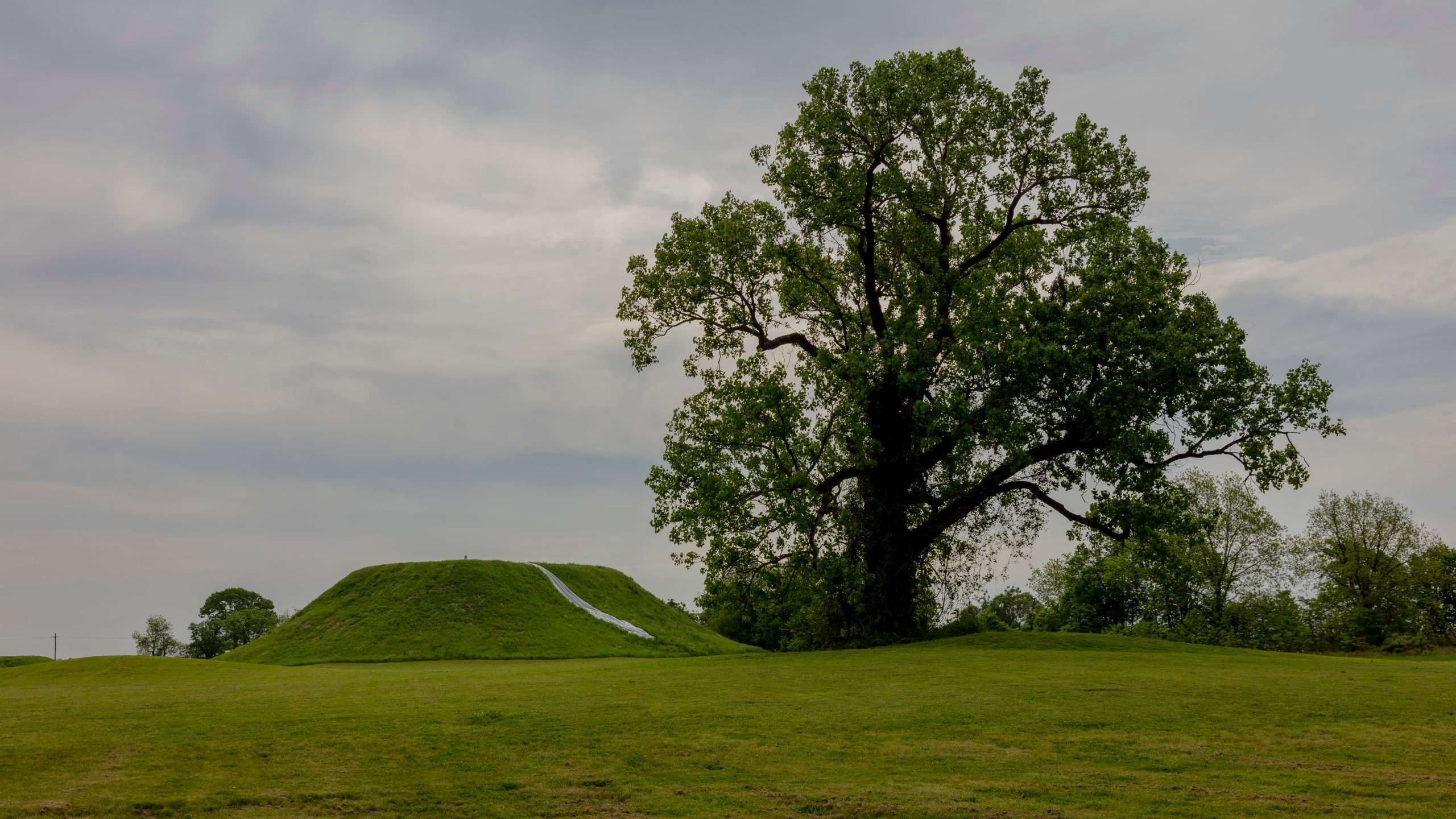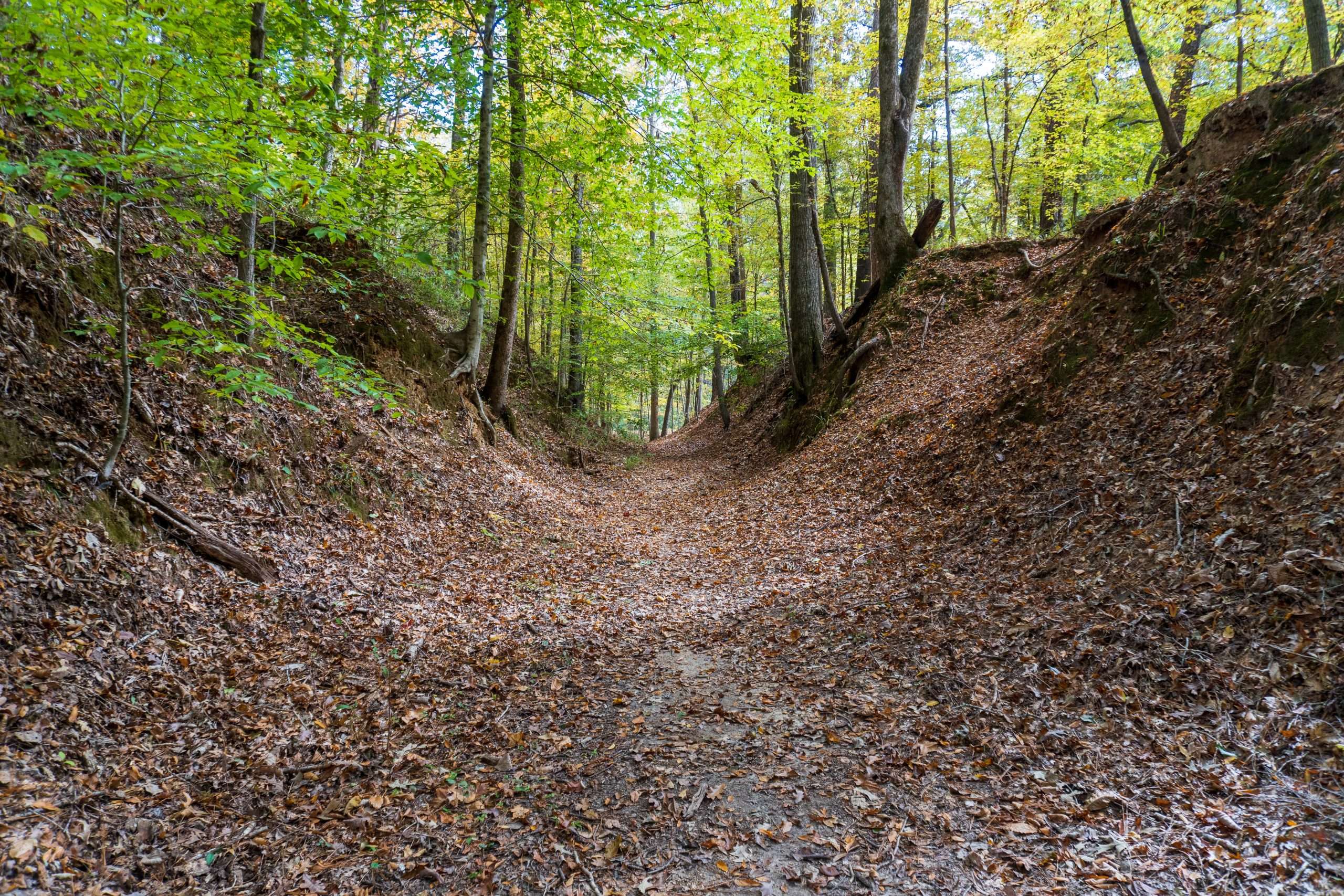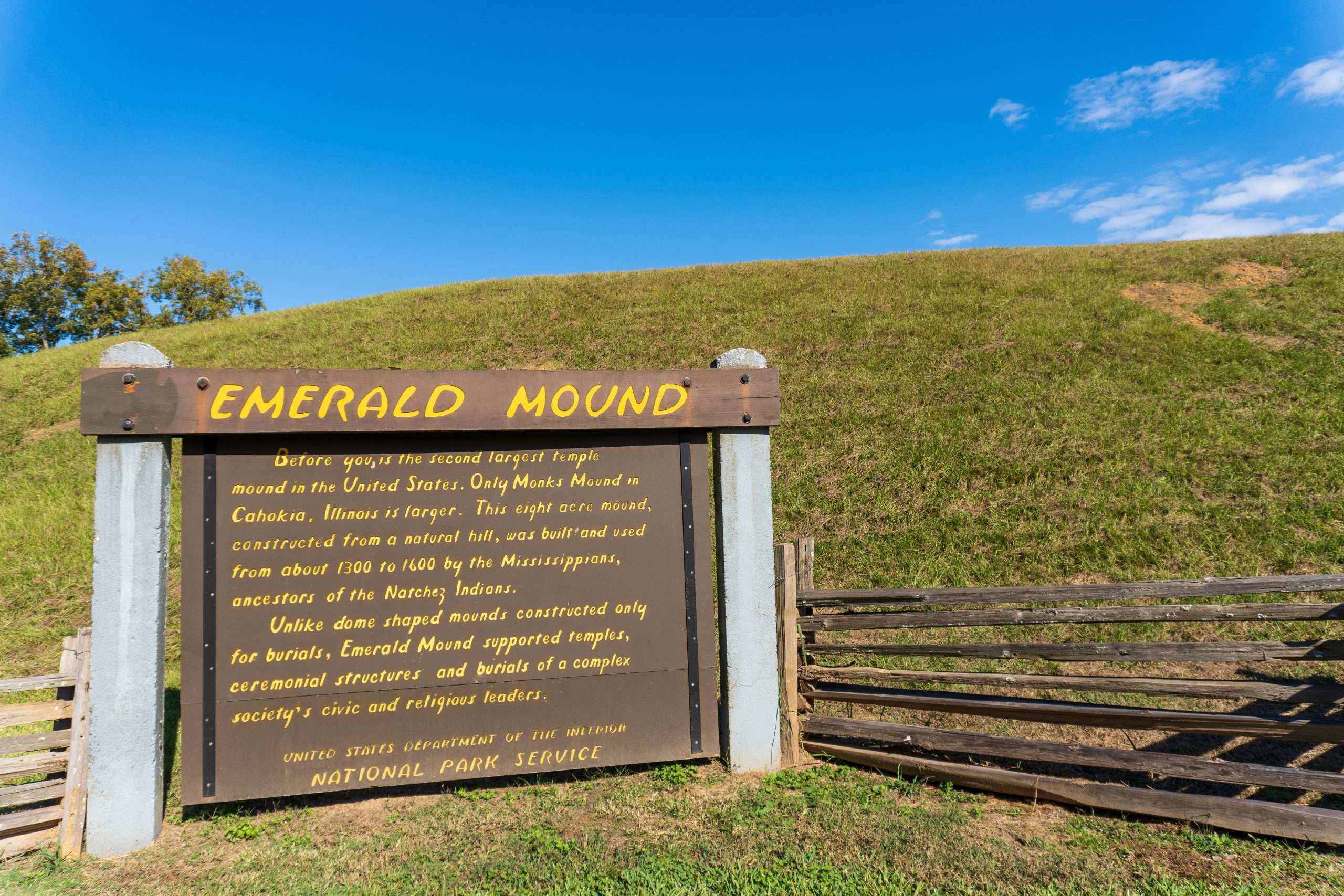What is the Paleo-Indian Period?

The Paleo-Indian period is the first noted period in Mississippi’s history, representing the earliest human presence on the land. This period covers nearly two thousand years of history from around 12,000 BC to 10,000 BC. Unfortunately, researching the Paleo-Indian period is challenging. It falls into the category of ‘prehistory’, or before written records.
In particular, during the Paleo-Indian period, archaeologists are instrumental in interpreting artifacts such as projectile points and pottery sherds that were utilized and discarded thousands of years ago. These artifacts act as windows to the past, enabling us to distinguish and understand distinct historical periods, including the Paleo-Indian, Archaic, Woodland, and Mississippian eras. Through their meticulous work, archaeologists help piece together the puzzle of human history, illuminating the diverse and evolving societies of ancient times.

Projectile Points
Projectile points are one of the most abundant artifacts discovered from the Paleo-Indian period. These points, crucial tools of the time, serve as tangible (physical) evidence of cultural evolution and adaptation.
In the Paleo-Indian period, the iconic Clovis point, crafted from materials like chert or obsidian, emerged as a hallmark of this era. An average of 2.5 inches in length, these lance-shaped points with characteristic flutes reflect the resourcefulness and ingenuity of early inhabitants. Over time, there was a noticeable trend towards modifying and repurposing projectile points, indicative of a dynamic relationship between humans and their environment.

As the Paleo-Indian period progressed, communities in Mississippi increasingly relied on local raw materials like blue-gray Fort Payne chert and Dover chert from neighboring regions. This shift signaled a growing adaptation to the diverse landscapes of the area. Despite sparse archaeological evidence, sites such as the Hester site offer glimpses into the lives of early inhabitants, with deposits spanning multiple periods, including the Paleo-Indian era. However, many sites face threats from modern activities like sand and gravel mining, endangering their preservation.

The Paleo-Indian period in Mississippi stands as a testament to human resilience and innovation in the face of ever-changing environments. Through the study of artifacts and archaeological sites, we continue to unravel the mysteries of our ancient past, shedding light on the enduring significance of this enigmatic period.
Sources:
This article was written using information provided by the Archaeological Report-31. To read more, please click here.
Images courtesy of Adobe Stock




















